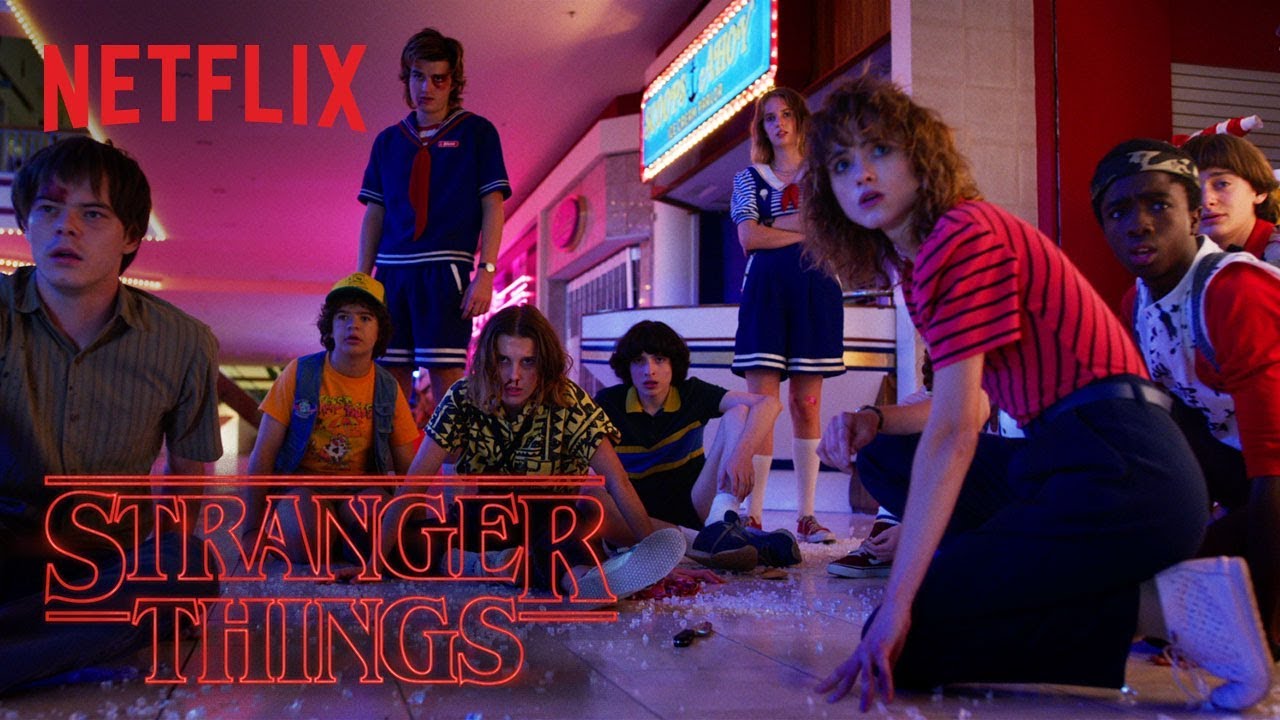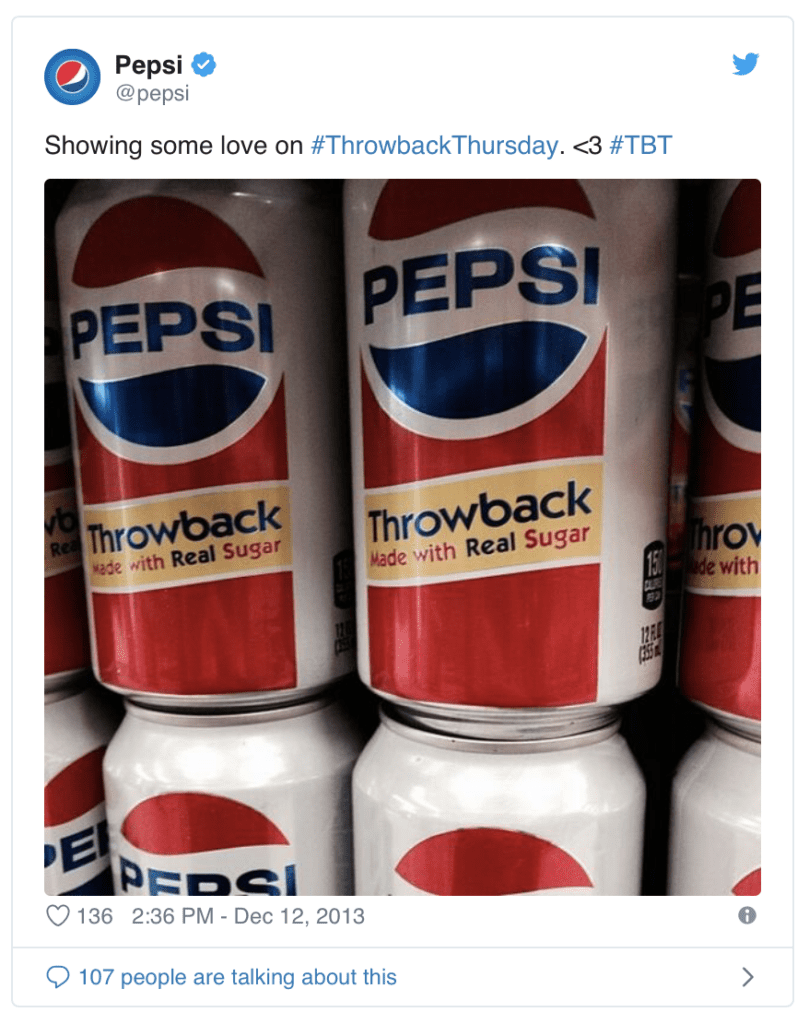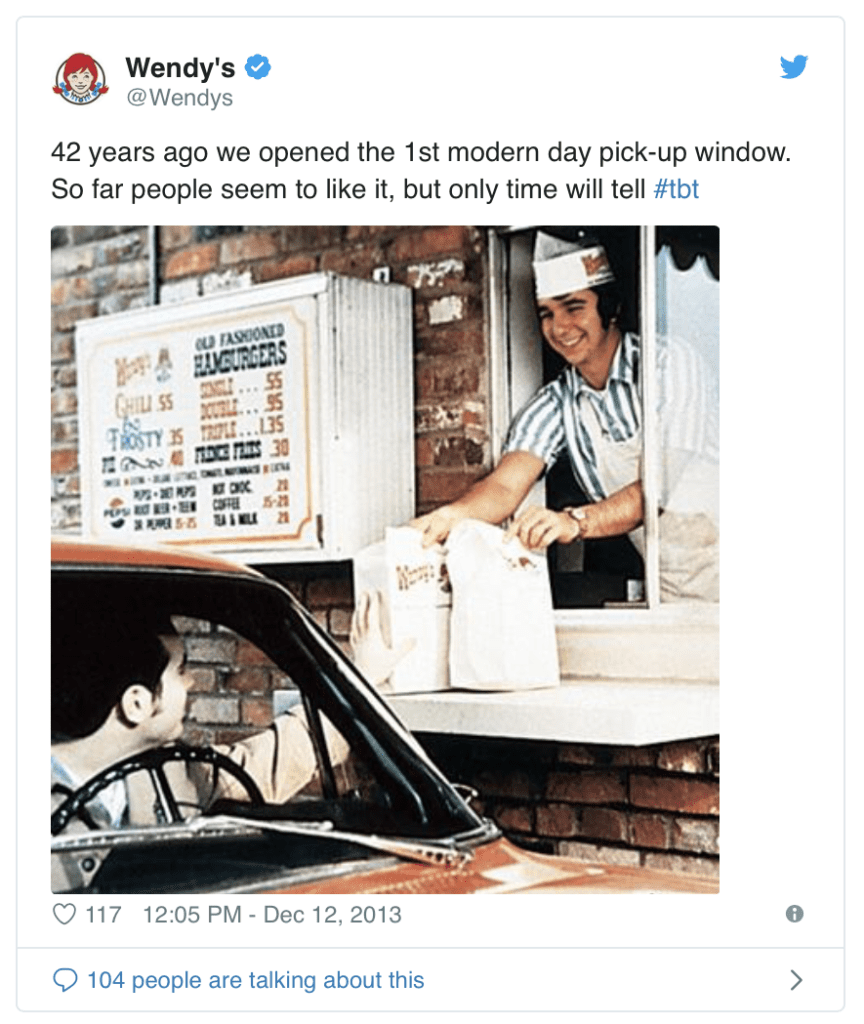In Rob Sheffield’s autobiographical memoir, Love Is a Mix Tape, Sheffield observes, “I get sentimental over the music of the ‘90s. Deplorable, really. But I love it all. As far as I’m concerned the ‘90s was the best era for music ever, even the stuff that I loathed at the time, even the stuff that gave me stomach cramps.” Sheffield is talking about nostalgia. Smart marketers know how to tap that vein. Research shows us that nostalgia gives our lives, whether we are 20 or 80, a sensation of comfort, continuity, and meaning. What businesses wouldn’t want to evoke those feelings in a customer? Hence the rise of nostalgia marketing, which uses past themes or products to evoke a specific, positive emotion in customers. Nostalgia marketing isn’t new, exactly — when you see the word “throwback” in relation to a brand, that’s nostalgia marketing at work — but in recent weeks, shows such as Netflix’s Stranger Things have underlined just how powerful nostalgia marketing can be.
Why Nostalgia Works
The irony of nostalgia marketing is, of course, that the past helps make a business more relevant to current interests. Look a little deeper, though, and it’s not hard to see the allure. Research shows that nostalgia can act as an antidote to boredom, loneliness, and anxiety. It can literally make people feel warmer on cold days. And from the perspective of the advertiser, it’s a gold mine in that it can reach multiple generations equally effectively. Nostalgia marketing appeals to the college student stressed by exams who finds refuge in references to beloved cartoons from their childhood. It also attracts the overworked middle-aged manager, who gets a boost from that can of New Coke. And therein lies the power of nostalgia marketing: it’s not limited to a certain age bracket.
In The Upside Down . . . and Beyond
Stranger Things, the Netflix series that is equal parts sci fi exploration of the parallel universe of The Upside Down and‘80s homage, provides a great example of nostalgia marketing. Look no further than the copious New Coke references in the show’s Season 3, which takes place in 1985, the same year New Coke made its short-lived (79-day!) debut. Sure, New Coke may have been a debacle at the time, but fast-forward to 2019, when the beverage giant has the opportunity to turn an embarrassment into a win. By making New Coke (briefly) available again — Coke spent six months poring over records to make sure the New Coke design and recipe were properly recreated — and generating advertising tie-ins to the show, Coke is hoping it can play on nostalgia to court older consumers who remember the advent of New Coke in the first place (whether they liked it or not). But it’s not just an older generation that’s being targeted: younger Netflix viewers from the millennial and Gen Z generations love the show, and because they don’t have any strong negative associations with New Coke, they represent a rich new demographic.
Pepsi has also been known to rewind the clock. In 2013, PepsiCo took advantage of the social phenomenon #ThrowbackThursday to generate some buzz about product, posting images of its “throwback” Pepsi sodas, which were made with “real sugar” as opposed to the high-fructose corn syrup soda manufacturers switched to back in the 1980s in response to tariffs.
Other brands, such as Wendy’s, have used classic photos for Throwback Thursday posts; Wendy’s underlined the nostalgia by pointing out how the fast-food chain debuted the first modern-day pick-up window.
Wimbledon, the oldest tennis tournament in the world, and arguably the most prestigious, has also embraced nostalgia in a bid to generate more revenue. As reported in Digiday, the tournament, as part of a six-week campaign, “created an immersive, theatrical recreation of the 1980 final between Bjorn Borg and John McEnroe. Billed as a virtual time capsule of sorts, the recreation of the match was backed by archive footage from the real one on the tournament’s social media channels.”
Doing Nostalgia Marketing the Right Way
Like any marketing strategy, nostalgia marketing comes with a few ground rules. To achieve the best results, you want to do it right, namely:
- Know your audience. Are they going to understand or appreciate the throwback?
- Leverage all the tools you can, ranging from social to online advertising.
- Know the nostalgia “hot spots.” Create content that targets your audience’s elementary and high school years, generally ages six to 16. And don’t forget “parental nostalgia,” the nostalgia many parents feel for their children’s childhoods.
- Try to draw on content creators who actually lived in the time or place your brand is recalling. Someone who participated in the experience in the first place is much more likely to invest the marketing with emotion and meaning.
- Take advantage of brand history if your company has been around awhile. Nostalgia strategies can be built around reminding customers of the positive experiences they’ve had with a product over the years.
- Pay attention to the details and get the callback right.
Bottom line: authenticity is key.
Contact True Interactive
True Interactive knows how to plan and implement digital advertising of all kinds, including throwback themes. Contact us to build your business with online advertising.


